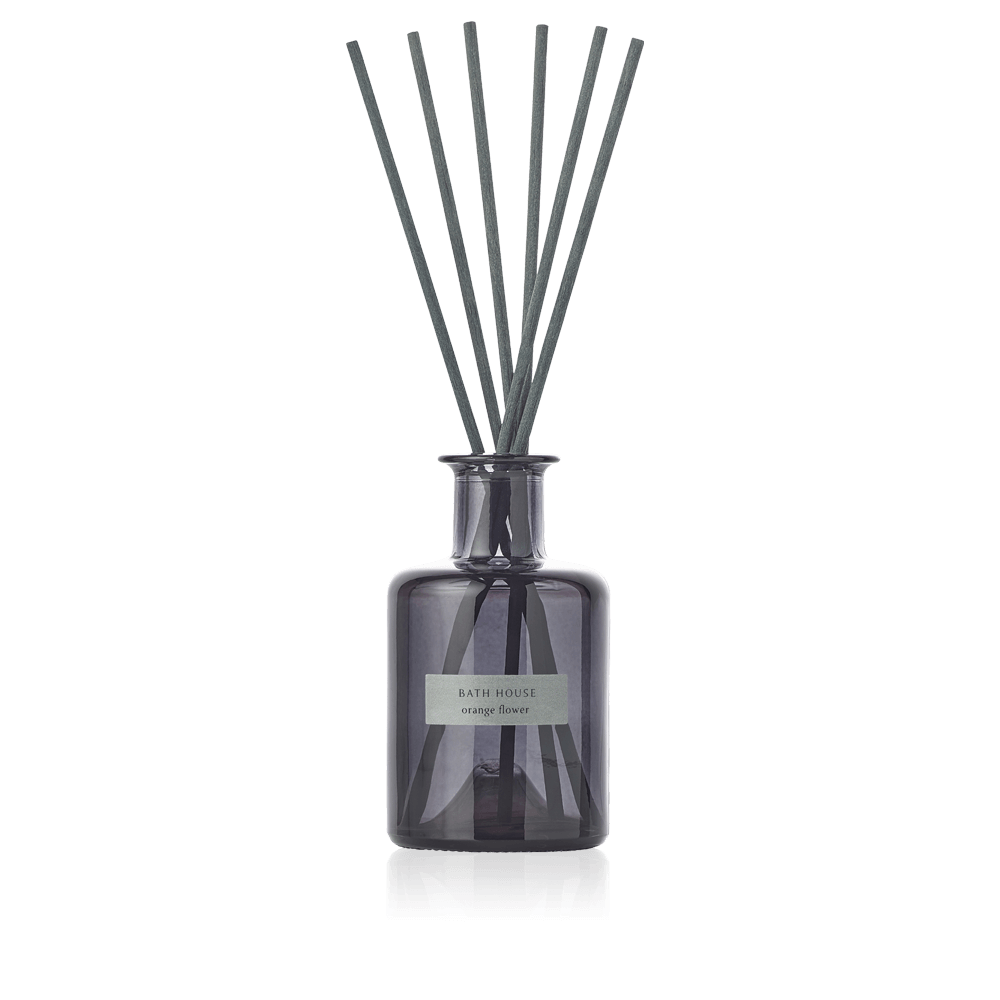Explaining to my grandfather back in the late 70’s, about No Mow May would have been a strange concept indeed. He belonged to the generations of gardeners who prided themselves on their abilities to tame nature. For him, the well manicured lawn with neatly cut edges flanked by regimented lines of white alyssum, lobelia and the brassy shades of yellow marigolds was the height of fashion for many post-war gardeners and yet hints of alternative garden style that challenged this concept were creeping in to TV shows like the Good Life, whose comedy and drama often challenged the concepts of suburban conformity.


So I was excited to note this month is No Mow May, a concept my family and I can all identify with. Certainly the neatness and fresh greenness of a mowed British lawn in all its splendour, is a beautiful sight to behold, but time spent in our garden, in the long summer of lockdown, brought me and my family closer to nature and the concept of choosing not to mow, where once I had toiled weekly and sometimes twice weekly battling the healthy vigour of our unstoppable, super-healthy grass. In that summer of isolation and great social change, it was a time to try a new approach, time to let go and put away the cumbersome petrol lawnmower.
We were going with the flow and letting nature do what it does best, we sat back and watched the lawn grow six inches, seven…, a foot and eventually we rediscovered the lost wild flowers of our lawn. Daisies, a nettle or two, buttercups, a foxglove and some wild dock leaves, all which had been suppressed within our lawn, were now swaying with a host of grassy fronds and attractive seed heads. The effect of not mowing our lawn was indeed to encourage more nature in the form of dancing butterflies, bees, birds and even a dragonfly to visit the garden.

This ‘wait and see experiment’ was a success, however it also proposed another idea and that was to create a proper wildflower meadow in the small space our lawn once occupied. Following instructions from the R.H.S. and a few websites, we set to clearing away all the old grass in the autumn and re-seeded with a local wildflower/grass mix. The resulting succession of wild flowers has been even more spectacular and we spend many happy hours observing the progression of natural flowers and the insects, birds and animals who share our enthusiasm for leaving the lawnmower in the shed. Of course, there is maintenance, and a bit of hefty work with a dangerous looking scythe is necessary in the late summer-early autumn. We let the seed pods dry and scatter, before gathering up armfuls of dried stalks and aromatic scented hay. We are now into our second season and the early flowers of blue and pink are in spectacular bloom will soon be replaced with white and yellow shades.
Our tiny meadow is something Tom and Barbara from the Good Life show would appreciate, and I’m sure sat in a deckchair with a cream tea looking over our splendid lawn of wildness, my grandfather would also understand. I am pictured below in my rather smart red shorts with my grandfather Frank, a proud railway man, lover of classical music and someone for whom the peace and nature of the garden was a true sanctuary.



Written by Nigel Brooks, one of the founders of Bath House.
Welcome the scented fragrances of English gardens and wild meadows into your home for this Spring Summer season. With scented notes of floral blooms, ripening fruits, wildflowers and grasses, here are our recommendations…






